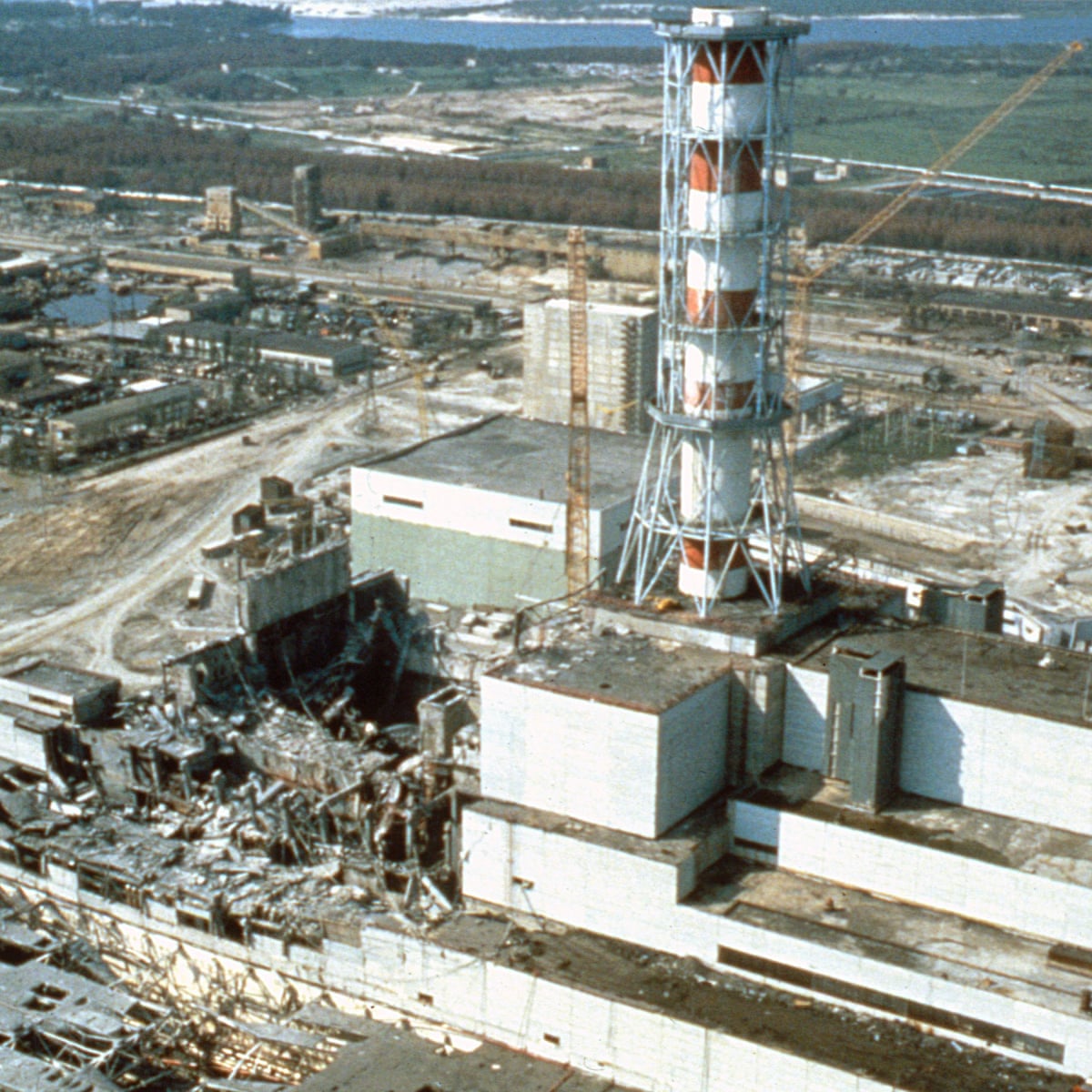origins
case study: Poland
Three Crises
During the period of 1972 - 1990, the Soviet Area Audience and Opinion Research Unit (SAAOR) of RFE/RL took on the teask of gathering audience and viewership data. They interviewed over 50,00 Soviet citizens traveling abroad, as RFE/RL was unable to interview people living behind the Iron Curtain. These interviews would be put into a mass media computer simulation developed by MIT, to project estimates. SAAOR's conclusions were quite accurate and very similar to the USSR's own media research into Western radio viewership.
The three major events of Chernobyl, and the KAL-007 airplane downing exemplify how RFE/RL was able to further understanding of political events to the peoples in the USSR and its satellite states.
The Soviet-Afghan War
On September 1, the aircraft flying as Korean Airlines Flight 007 was shot down by the Soviet Union, after the plane had accidentally strayed course into Soviet airspace. The Soviets shot down the plane, fearing that the plane was a US spy plane due to damaged radar equipment and rising tensions with the US. 269 people died including a US Representative.
The Soviet version of the event was completely different from that reported by Western Radio. While Western Radio sources heavily broadcasted as to what happened over the next few days after the incident, Soviet news only mentioned cryptic hints about a plane that had violated Soviet airspace. Only about a week later, did the Soviet media publish their version of a full account. The Soviet media immediately began an effort to mobilize domestic opinion on the government’s side, but it was already too late. Many people, having heard both the Western broadcast and the Soviet accounts, either believed Western radio or were ambivalent towards which side they thought was speaking the truth. Thus, Western Radio was pivotal: it provided information that sparked an alternative opinion. Not only this, during the first week after the downing, there was much confusion among the people as to what happened. RFE/RL and other Western Radio stations were able to inform people during that time. When later Soviet accounts were halting and contradictory, it became apparent to listeners of both sources that Western radio was telling the truth.
Chernobyl Disaster
On April 26, 1986, the Chernobyl Nuclear Power Plant exploded, creating one of the worst nuclear disasters ever seen. The Soviet Union did not report the disaster until 2 days after it had occurred, and in the ensuing weeks, contradictory information slowly trickled out. For five months, there was no complete account of what had actually happened in the Soviet Union. This information vacuum caused people to find alternative sources of information. The first source they sought was Western radio, then television, and then word of mouth. Even after the Soviet media began to report the incident, people still turned to the West for information. An additional 13% used Western radio as a supplement source, leading to almost half of all surveyed individuals using Western Radio as a source during this time period.
It is evident that whenever the Soviet media was slow or reluctant to report a major issue, Western radio sources like RFE/RL filled the gap.
